This walk will take 2 - 3 hours with casual stops - before you spend any time in the museums and historical sights. And you will want to visit these places - they’re some of the most interesting sights in Vietnam. So allow plenty of time.
You could spend the whole day covering this terrain. There’s a lot to fit in.
Start - The Hang Dau Watertower, Phan Dinh Phung St
I think tree-lined Phan Dinh Phung is Hanoi’s most picturesque street. It's home to spectacular villas, historical sights, and its wide shaded pavements are perfect for walking. Apart from the traffic - twenty years ago it was all bicycles - large parts of the street haven't changed. That's rare in Vietnam.
Phan Dinh Phung St may be shaded by beautiful trees, but walking can be very hot in summer. So start late or early.
Begin the walk at Hang Dau water tower, a symbol of early French infrastructure in the city, erected in the decade after the colonisation of Vietnam's north.
As you head west along Phan Dinh Phung, you’ll note a war monument in the park.
The further we travel along Phan Dinh Phung, the more impressive the architecture becomes. These are the offices and residences of senior government officials so the guards can sometimes be a tad sensitive about photography. Follow any directives - you will see some signs explicitly prohibiting photography.

Photo: Mark Bowyer Phan Dinh Phung St, Hanoi
Cua Bac - Bac Mon North Gate of Hanoi Citadel
The North Gate - Bac Mon or Cua Bac, is part of Hanoi’s ancient Thang Long Citadel complex and bares the scars of battle that date back to the French conquest of the city in 1882. The gate was built in 1805 in the early years of the Nguyen Dynasty, and is the only gate that still stands after the French demolished large parts of the citadel complex.

Photo: Mark Bowyer Bac Mon - Hanoi Citadel's North Gate
Cua Bac Church
Cua Bac Church opened for worshippers in 1932 and was designed by Ernest Hebrard. Hebrard was the most prolific architect and city planner of the French colonial period and a key exponent of the Indochine architectural style that fuses European and Asiatic influences. Hebrard created many other Hanoi landmarks, such as the Vietnamese History Museum and Ministry of Foreign Affairs.

Photo: Mark Bowyer Ernest Hebrard's Cua Bac Church
Ba Dinh Square
This is where Ho Chi Minh declared independence from France on September 2 1945. It was already the centre of French colonial rule with the Presidential Palace an imposing presence in the space - flanked by grand colonial edifices.
These days the key landmark in the square is the Ho Chi Minh Mausoleum - which is opposite the newly minted National Assembly building.
Ho Chi Minh’s humble house on stilts, the One Pillar Pagoda and the Ho Chi Minh Museum are other features of the square. You can easily spend a couple of hours here.
You can read more about all of these Ba Dinh Square landmarks in our listings here.

Photo: Mark Bowyer Presidential Palace, Hanoi

Photo: Mark Bowyer Ho Chi Minh's Mausoleum, Hanoi

Photo: Mark Bowyer Vietnam's new National Assembly building - opposite Uncle Ho's Mausoleum in Ba Dinh Square.
Thang Long Citadel
Hanoi’s Thang Long Citadel may well be the most important historical site in Vietnam. A centre of military clout from the founding of Hanoi as a capital city in 1010, it was key during French rule and then during the North Vietnamese campaign against the US backed South Vietnamese government. There’s loads of history here and some good quality exhibits too.
You can easily spend 90 minutes here.
Read more about Thang Long Citadel here.

Photo: Mark Bowyer Thang Long Citadel, Hanoi

Photo: Mark Bowyer General Giap's place - Thang Long Citadel, Hanoi
Vietnam Military History Museum
This is Vietnam’s most important museum of military history. Its collection includes Tank 843 that crashed through the gates of Saigon’s Presidential Palace on April 30 1975 and the wreckage of a US B52.
For more on the museum, check our full listing here.

Photo: Mark Bowyer Vietnam Military History Museum, Hanoi
Travel tips
Check opening times. Most tourist sights here have long lunches and are closed on Monday.

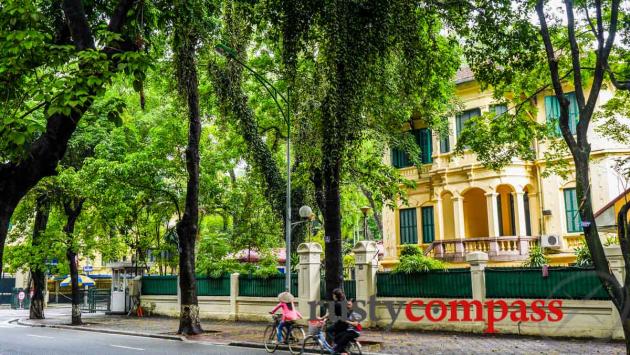
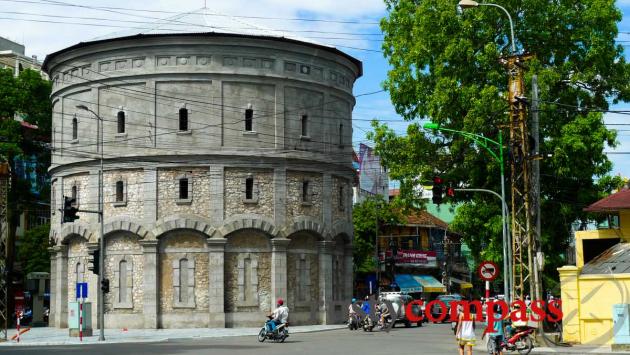
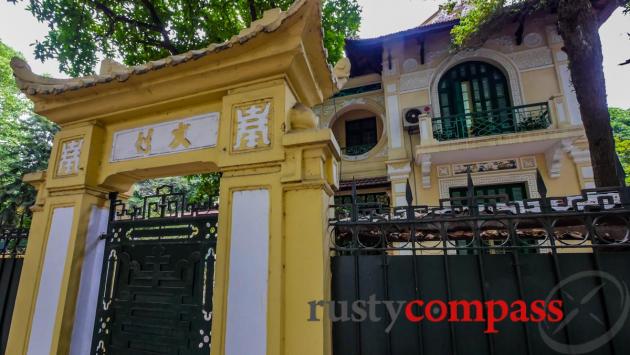
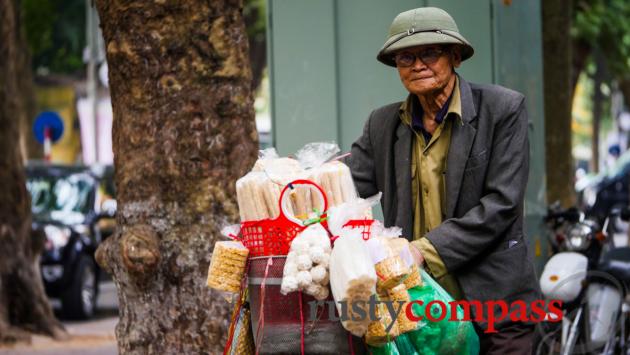
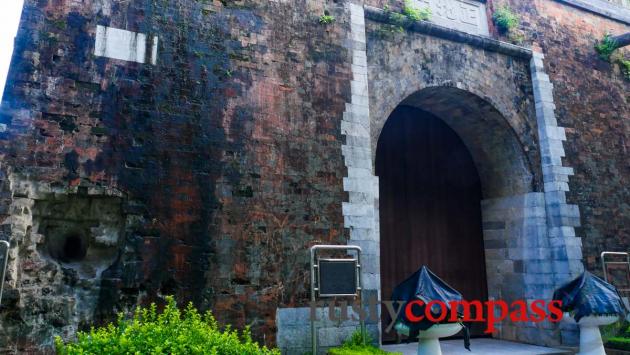
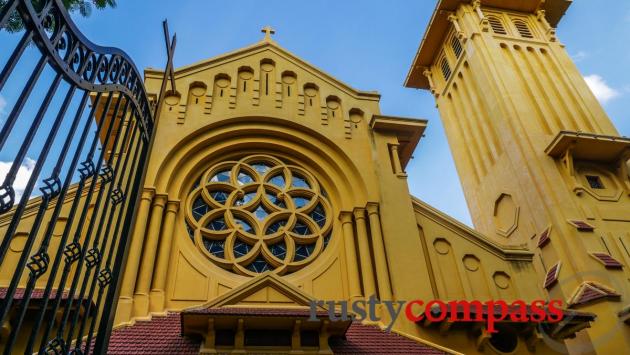
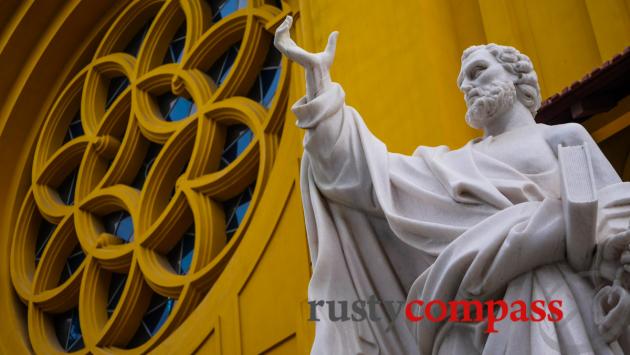
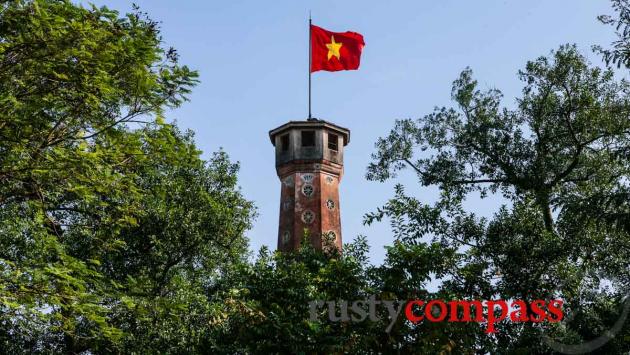
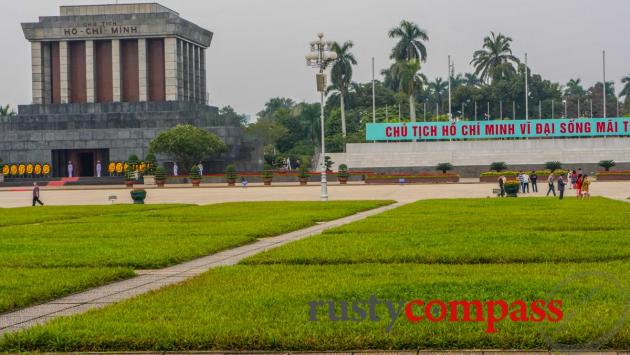
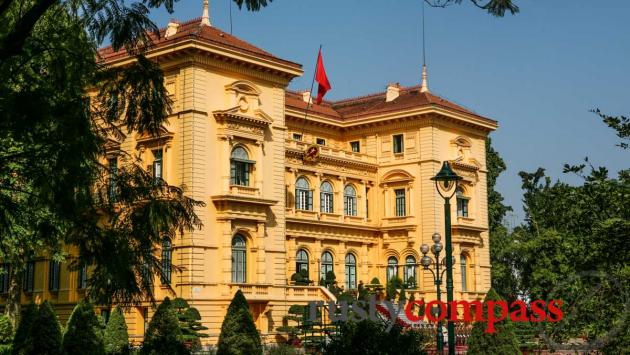
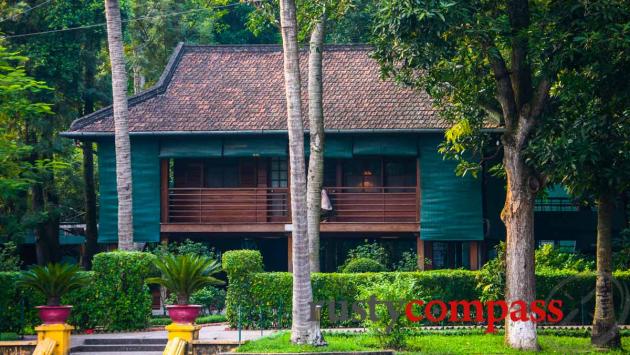
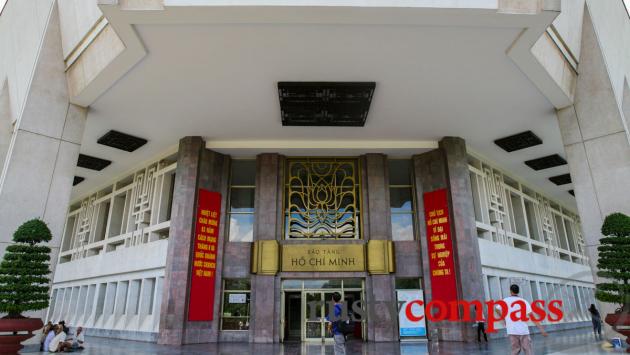
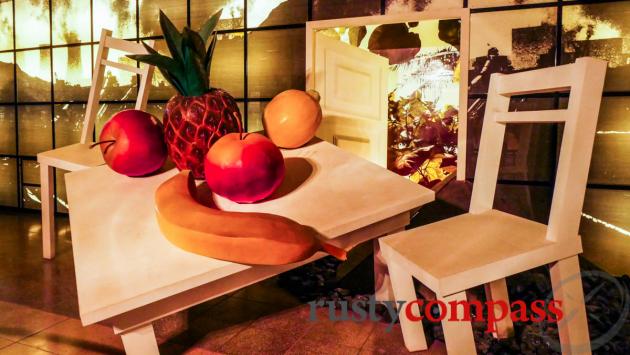
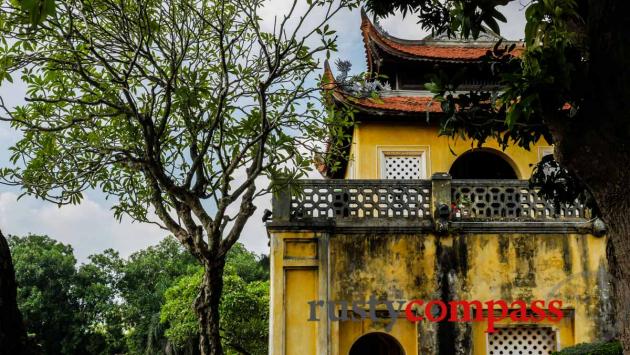







There are no comments yet.